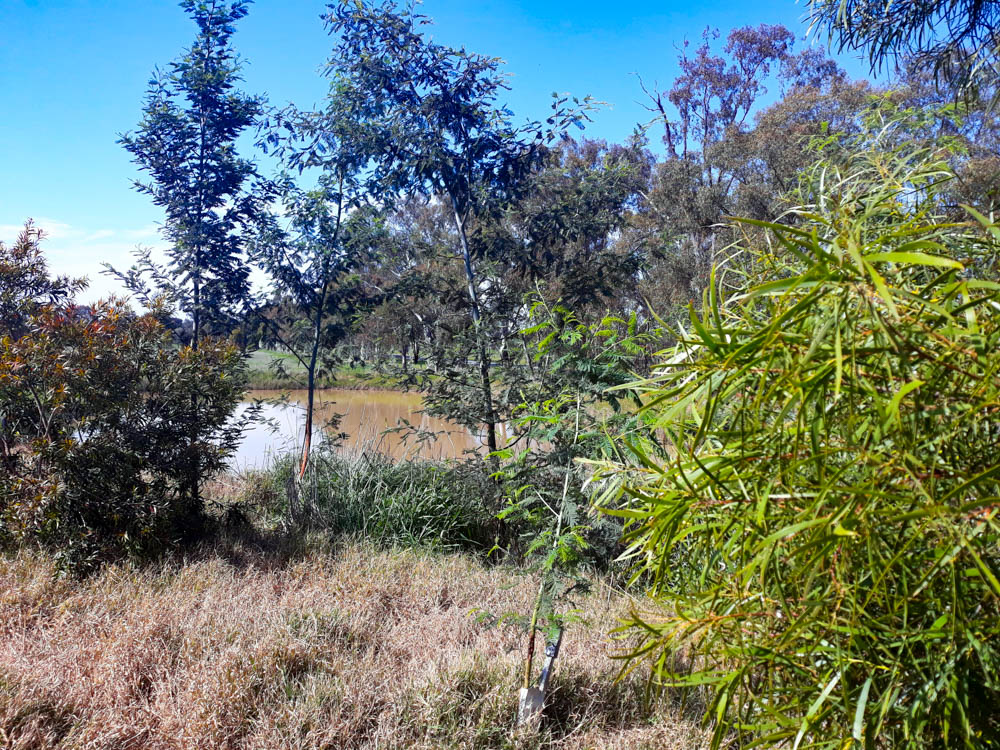
D&R Henderson have worked with the Benalla Charity “Regent Honey Eater Project” asking the Project Co-Ordinator Andie Gurin to Grow trees on our behalf to benefit their Program.
In 2021 D&R Henderson have planted a further 2600 trees suitable for the Regent Honey Eater to help Link a Corridor from Lurg to the Winton Wetlands.
The basis of our work is to support the Threatened Species being the Regent Honey Eater and other wildlife.
During a 15-year period, over 5 separate planting programs – D&R Henderson have planted over 6500 trees.
Support threatened species
The purpose of the Regent Honeyeater Project is to improve biodiversity to provide a more secure future for a number of threatened species in north-east Victoria.
D&R Henderson focus on Box/Ironbark and Grey Box eucalypt woodland areas largely to the east and north of Benalla including the Lurg Hills and Winton Wetlands. The range of threatened woodland birds and animals using these areas includes the Regent Honeyeater, Grey-crowned Babbler, Swift Parrot, Squirrel Glider and Brush Tailed Phascogale. Threatened flora include shrubs that are rare in our region such as Indigofera and Western Golden-Tip and a number of native flowers including daisy and lily species.
The project is named for the critically endangered Regent Honeyeater because it is the icon (rarest) of the threatened woodland bird community in the area. It can appear when the Ironbark trees are in flower in winter and can sometimes follow a procession of flowering plants into spring.
Conserve, Revegetate, Connect
Over the last 150+ years our landscape has become fragmented, and a great majority of habitat has been lost.
Conserving existing habitat is a vital first step. This includes protecting old growth trees that produce high nectar flows and abundant hollows and important shrubs and groundcover species.
Through an active revegetation program, D&R Henderson are replacing missing plants and structural layers and filling in the gaps between remnants, providing shelter, shade and refuge in the process.
Our aim is to protect and restore significant remnants of habitat in the project area, to reinstate ecological balances and create self-sustaining, biodiverse vegetation.
